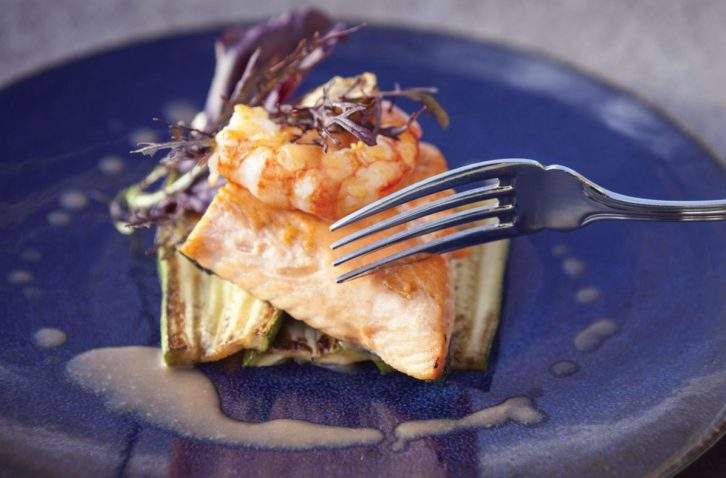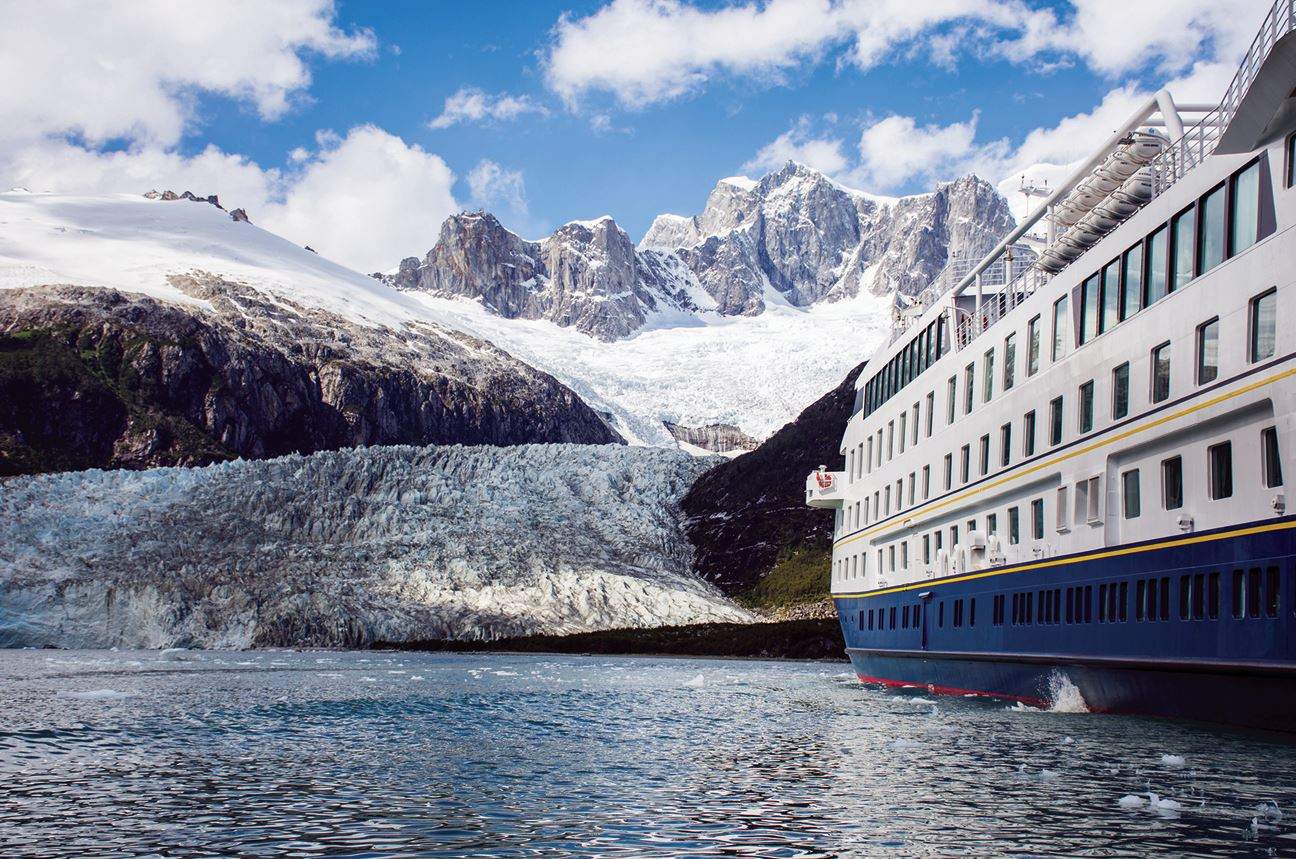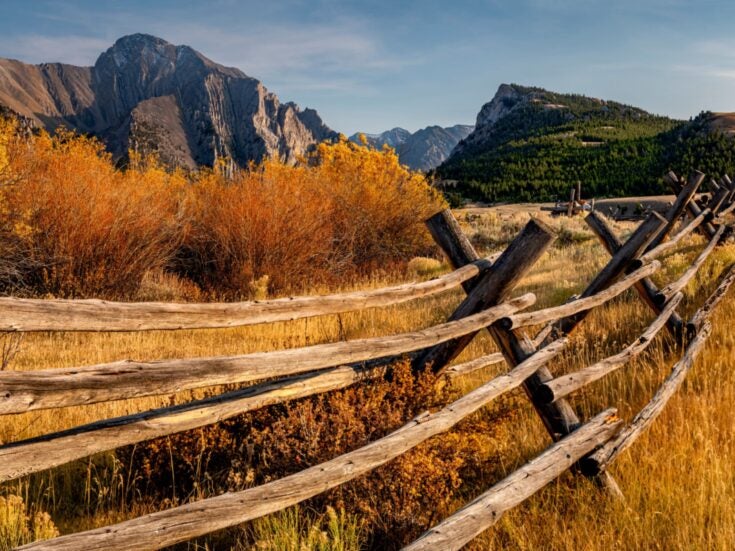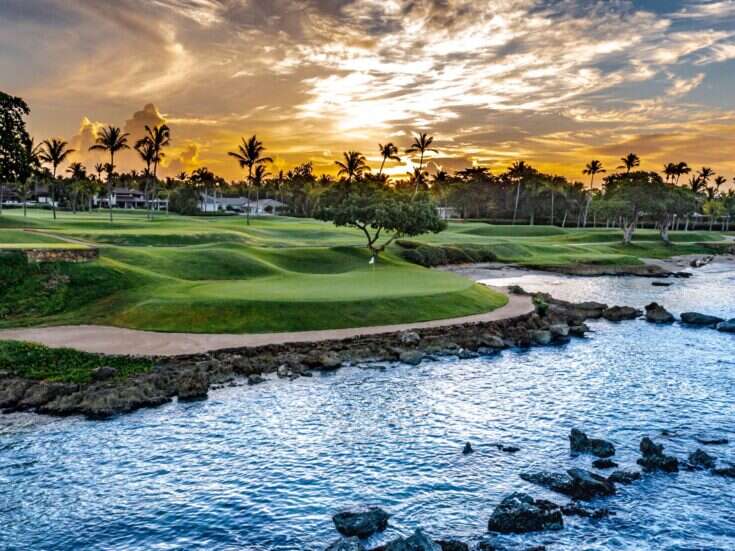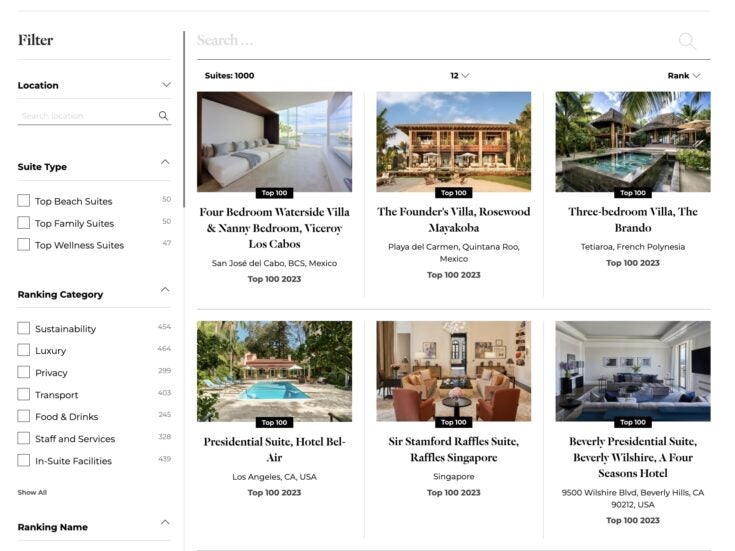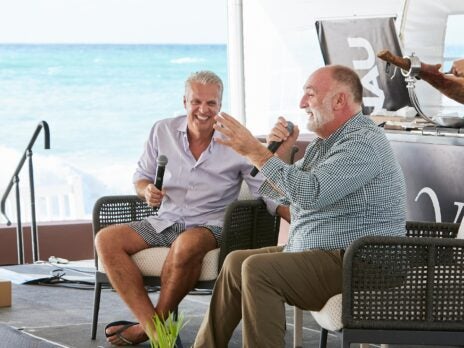
By Chris Moss
This story originally appeared in the January/February 2019 issue of Elite Traveler.

The Lie of the Land
The Pacific
Chile’s coast is a rugged chaos of islets, bays, coves, channels and fjords. The soft options here include Chiloé Island, where the excellent Tierra Chiloé adventure lodge offers a base for active excursions, and, south of Palena, there’s a string of new national parks to explore — including Parque Patagonia, established by American philanthropists Doug and Kristine Tompkins. Local operator Skorpios runs three-night cruises out of Puerto Natales into the fjords.
The Andes
The world’s longest mountain range runs the length of Patagonia, the summits descending from north to south. The main gateways are national parks, notably Chile’s Torres del Paine and Argentina’s Los Glaciares in the south, and more than a dozen parks around the northern lakes. Hiking, mountain biking, rafting, climbing and, in winter, skiing are all well provided for. Horseback riders can do the Puelo ride via a low pass, crossing from Chile to Argentina.
The end of the world
The landscape of Tierra del Fuego is a sparsely populated wilderness, dotted with large sheep-farming estancias, unexplored mountain ranges, lonely lakes and fly-fishing rivers. Herds of llama-like guanacos are routinely seen, as well as red fox and condor; there’s also a penguin colony on the Chilean side. Ushuaia’s national park is a wonderland of virgin forests. Australis, a Chilean company, operates four-night cruises from Punta Arenas to Ushuaia via Cape Horn.
From $3,330 per person in Superior Cabin, australis.com
Where to Stay
1. Explora Torres del Paine

Exploradores Suite from $4,780 per person; three-night minimum. Contact Gabriel Zanelli, hotel manager, gzanelli@explora.com, +1 800 838 9120, explora.com
2. Estancia Peuma Hue
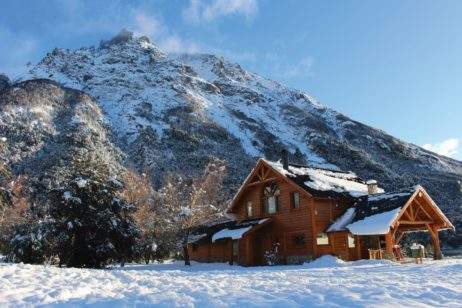
Exclusive use from $7,700 per night. Contact Luis Pennacca, general manager,
info@peuma-hue.com, +54 294 450 1030, peuma-hue.com
3. The Singular
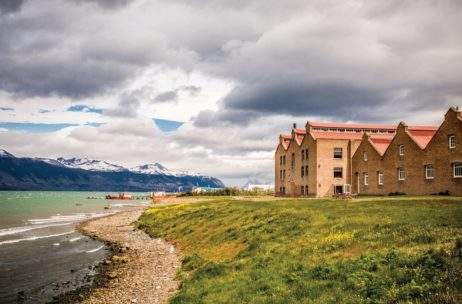
Singular Suite $845 per night. Contact carole@thesingular.com, +56 612 722 030, thesingular.com
When in Patagonia
Fly fishing
Tierra del Fuego’s Río Grande flows from the Andes to the Atlantic Ocean through approximately 60 miles of Argentine territory. It’s called the world’s most active sea-run trout fishery, with 20-pounders a routine catch, and the slow-moving water is great for spey casters. Villa María offers anglers first dibs at newly arrived sea trout on the lower Río Grande; the cozy lodge hosts only six anglers at a time, with top-notch cuisine. Guides know the pools and the fish; days are spent on the water, with convenient huts for midday breaks.
From $8,950 per week per person, nervouswaters.com
Riding on the Strait
Perhaps it’s the gaucho heritage or simply the absence of fences and folk — but saddling up is the best way to get around the open ranges of Patagonia. Estancias are found across the region, from Andes to the coast. Check out the all-day ride from Estancia Monte Dinero, taking in a lonely cape, an iconic lighthouse on the Strait of Magellan and a penguin colony.
Road trips by 4WD
Three great roads run northwest. On the Argentina coast, Ruta 3 goes all the way from Buenos Aires to Ushuaia. The stretch from Puerto Madryn to Río Gallegos takes in several historic sites, concluding at the Strait of Magellan. Ruta 40 skirts the Andes, passing several huge lakes in the area south of El Chaltén. Chile’s Carretera Austral (Southern highway) is a memorable long trip past the mighty General Carrera Lake, as well as glaciers and volcanoes, taking in unexplored national parks along the way and the Río Baker, one of Patagonia’s most iconic fly-fishing rivers. Rental cars are available at all the region’s main airports; insist on a pickup or jeep-style 4WD.
If you do one thing…
Do the 4WD tour above El Calafate, Argentina. The lakeside landscapes are serene
and beautiful but for a bit more action, take a Land Rover ride up on to Los Balcones (The Balconies, wind-sculpted rock formations from the Cretaceous period) where you stop for lunch and views.
Image: Pablo Saracco
Eating and Drinking
